Something is abuzz in the bottlebrush buckeyes.
Blurred and erratic movement, wings generate enough wind to move the leaves around. Hummingbird or a hummingbird moth? They both move so fast, but a closer look will tell!
We’ve enjoyed watching the ruby-throated hummingbirds (Archilochus colubris) and the snowberry clearwing moths (Hemaris diffinis) drink nectar from the blooms of the bottlebrush buckeye (Aesculus parviflora). Flowers are fading, and we’ll miss them, but soon, the wingstem and evening primrose will take their turn in the Habitat Gardens.
Speaking of moths, National Moth Week is coming up, July 23-31, you can read more about it and how you can get involved here.

















